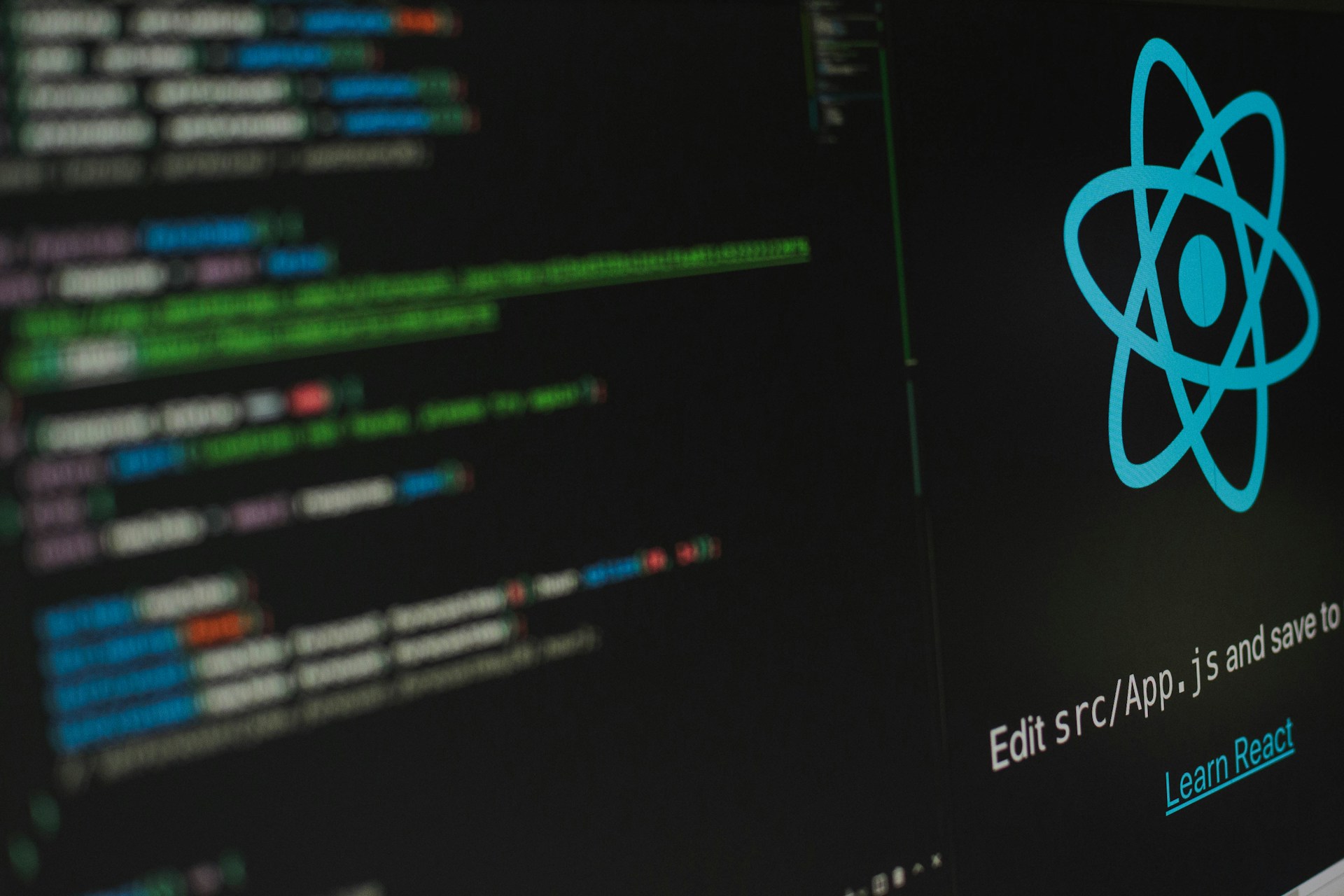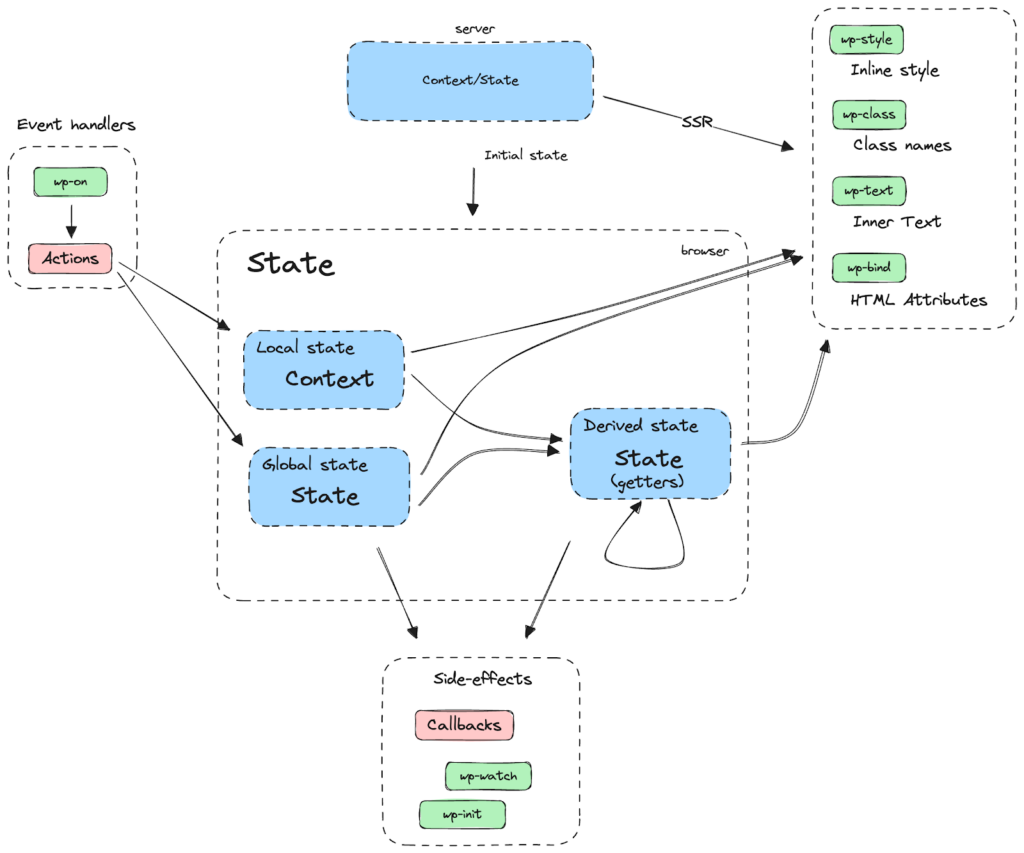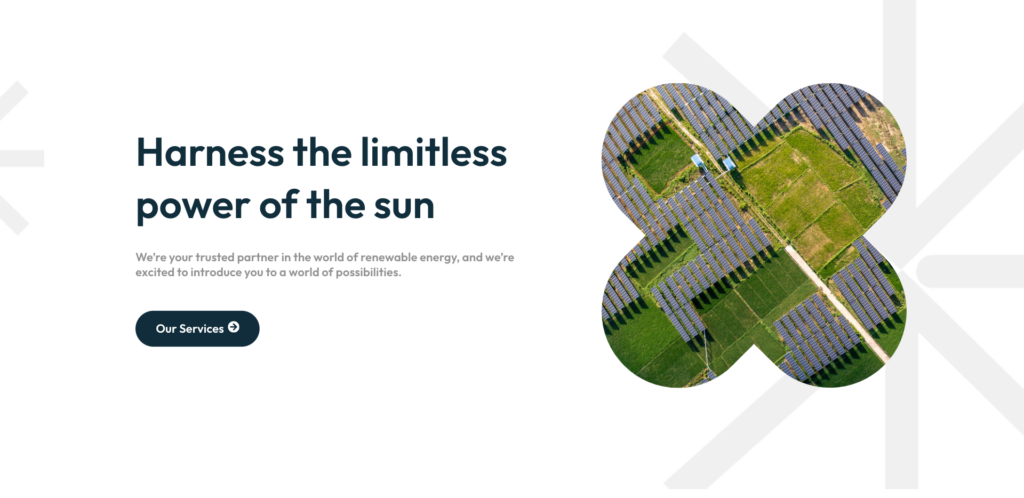I first came across the atomic design methodology around 2 years ago while doing research for a branding project. It basically involves breaking down user interfaces into smaller, reusable components, allowing for more systematic design and development processes.
In frontend development, this methodology has proven to be particularly valuable. Just as in design, breaking down larger elements into smaller, more manageable parts makes sense because it creates consistency, scalability, and maintainability in both design systems and codebases. While it can be tedious to implement initially, especially for smaller projects, the time invested in setting up an atomic design system is often far less than the time it will save in the long run. Plus, it will make the project look more professional because it will be consistent and coherent.
The Five Stages of Atomic Design
Atomic design methodology is structured around five distinct stages:
- Atoms: The most basic building blocks, such as buttons, input fields, and labels. In frontend development, these are the HTML elements and their styles.
- Molecules: These are simple groupings of atoms functioning together as a unit. For example, a search bar combining an input field and a button.
- Organisms: More complex components made up of groups of molecules, such as a header that includes navigation, a logo, and a search bar.
- Templates: These define the structure of a page by combining organisms. They are the blueprint for how the content will be presented.
- Pages: The final stage where content is applied to templates to create the actual pages that users interact with.
Importance of Atomic Design in Frontend Development
The application of atomic design principles to frontend development is incredibly powerful:
- Consistency Across UI Components: By breaking down and organizing components systematically, developers ensure that every piece of the user interface is consistent across the entire project.
- Scalability and Maintainability: With a well-organized system of reusable components, scaling a project becomes much easier. Adding new features or making changes doesn’t require starting from scratch but simply involves reusing and modifying existing components.
How Atomic Design Transforms Frontend Development
Applying atomic design principles to frontend development brings several transformative benefits:
- Modular Design Approach: By breaking down the UI into smaller components, developers can focus on creating each element independently before integrating them into larger structures. This modular approach makes the design and development process more organized and efficient.
- Reusability of Components: One of the most significant advantages of atomic design is the ability to reuse components across different parts of the application. This not only speeds up development but also ensures consistency in the user interface.
- Improved Collaboration between Designers and Developers: With a clear, systematic approach, designers and developers can collaborate more effectively. Design systems built using atomic design provide a shared language and framework, making it easier to translate design concepts into functional code.
Key Benefits of Using Atomic Design Methodology
The atomic design methodology offers several key benefits that can significantly enhance the frontend development process:
- Streamlined Development Process: By creating a library of reusable components, development becomes more streamlined. Developers can quickly assemble new pages and features using existing components, reducing the time needed to bring a project to completion.
- Easier Testing and Debugging: Since each component is developed and tested individually, it’s easier to isolate and fix issues. This modularity ensures that bugs can be identified and resolved without affecting the entire system.
- Enhanced User Experience: Consistency is key to a positive user experience. By using atomic design, developers ensure that users encounter a coherent and predictable interface, regardless of where they are in the application.
Challenges of Implementing Atomic Design in Frontend Development
Despite its benefits, implementing atomic design in frontend development comes with certain challenges:
- Initial Setup Complexity: Setting up an atomic design system requires a significant upfront investment in time and effort. Defining atoms, molecules, and other components from the ground up can be complex, particularly for large projects.
- Learning Curve for New Teams: Teams unfamiliar with the atomic design methodology may face a steep learning curve. Training and adaptation are necessary to fully realize the benefits of this approach.
- Balancing Flexibility with Consistency: While atomic design promotes consistency, it can sometimes limit creativity or flexibility. Developers must find the right balance between adhering to the design system and allowing for customization where necessary.
Best Practices for Applying Atomic Design in Frontend Development
To successfully implement atomic design in frontend development, consider the following best practices:
- Start Small and Scale Gradually: Begin with a small set of components and gradually expand your design system. This allows for easier management and ensures that the system grows organically with the project’s needs.
- Maintain a Centralized Style Guide: A centralized style guide helps keep all components consistent. This guide should include detailed documentation on how to use each component, including its intended purpose, variations, and limitations.
- Regularly Review and Refactor Components: As projects evolve, so should your components. Regularly review and refactor them to ensure they remain relevant, efficient, and aligned with the overall design and development goals.
Tools and Frameworks Supporting Atomic Design
Several tools and frameworks can help you implement atomic design methodology in your frontend development projects:
- Storybook: Storybook is a popular tool for developing and testing UI components in isolation. It’s particularly useful for building atomic components and ensuring they work well independently before integrating them into larger structures.
- Pattern Lab: Pattern Lab is a comprehensive tool for implementing design systems based on atomic design principles. It allows you to create, manage, and document all your components systematically.
- Atomic CSS Libraries: Libraries like Tailwind CSS provide utility-first CSS classes that align well with atomic design. These libraries allow you to build components with consistent styles and behaviors across the entire application.
Real-World Examples of Atomic Design in Frontend Projects
Many leading companies have successfully applied atomic design principles in their frontend development projects. Here are a few notable examples:
- Shopify’s Modular Design System: Shopify uses a modular design approach to ensure consistency across its vast ecosystem of e-commerce platforms. By applying atomic design, Shopify has created a cohesive and scalable design system that enhances user experience across all its products.
- IBM’s Carbon Design System: IBM’s Carbon Design System is a perfect example of atomic design in action. It offers a robust set of components and guidelines that developers can use to build applications with a consistent look and feel across IBM’s product line.
- Airbnb’s React Component Library: Airbnb’s use of atomic design principles in its React component library has enabled the company to create reusable, scalable components that power its user interfaces. This approach has streamlined their development process and improved the overall user experience.
The Future of Atomic Design in Frontend Development
The future of atomic design in frontend development looks promising, with several emerging trends likely to shape its evolution:
- Integration with AI and Machine Learning: As AI and machine learning technologies advance, they could be integrated into atomic design systems to automate and optimize component creation, making design systems even more efficient and adaptive.
- The Rise of Design Tokens and Theming: Design tokens and theming are gaining traction as a way to manage and apply design decisions across multiple platforms and devices. These concepts align well with atomic design, allowing for greater consistency and flexibility in UI development.
Atomic design methodology has revolutionized frontend development by introducing a systematic approach to creating and managing UI components. By breaking down interfaces into smaller, reusable parts, developers can achieve greater consistency, scalability, and efficiency in their projects. While the initial setup may be challenging, the long-term benefits of using atomic design far outweigh the drawbacks.
As technology continues to evolve, so too will the tools and practices associated with atomic design. By staying informed about emerging trends and continuously refining your approach, you can ensure that your frontend development projects are both cutting-edge and built to last.



